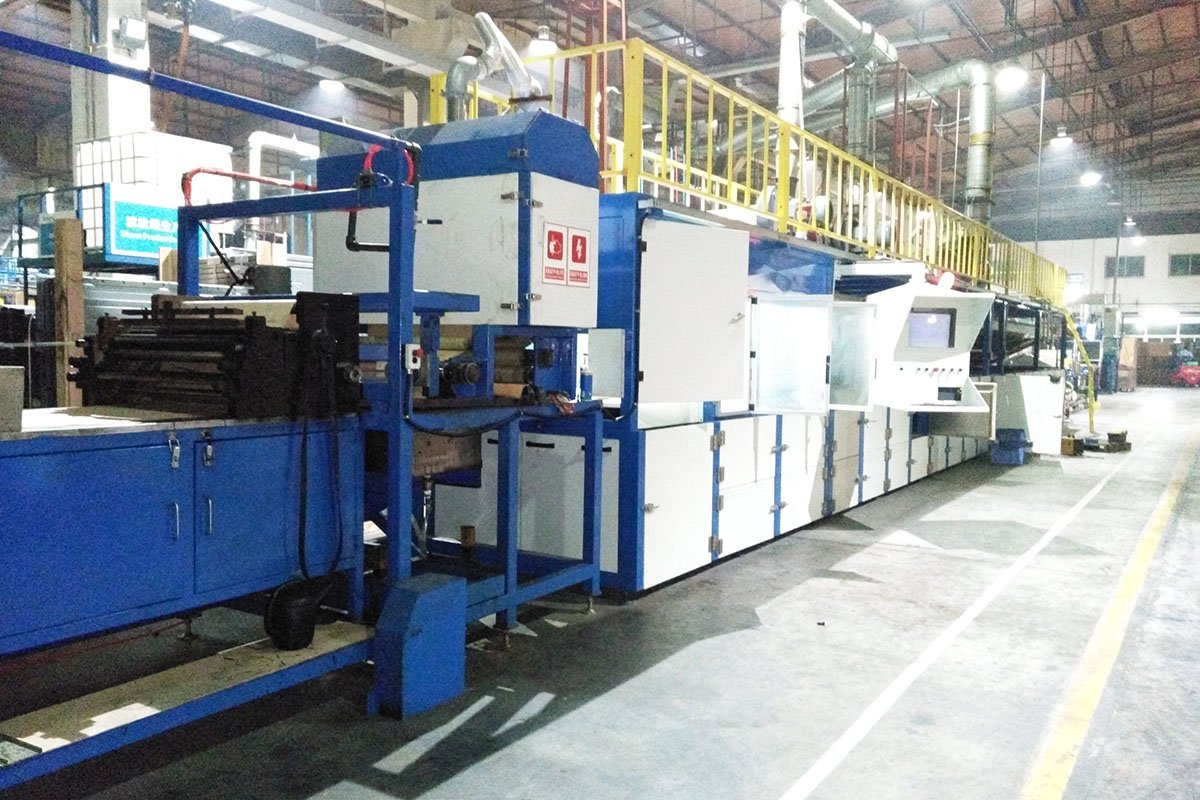Gas Heating Furnaces are reliable and efficient, but like any mechanical system, they can encounter issues over time. Identifying and troubleshooting common problems can help ensure your furnace operates smoothly and maintains a comfortable environment. Here are some typical issues and their solutions.

1. Furnace Won't Start
Symptoms: The thermostat is set, but the furnace does not ignite.
Troubleshooting:
Check the Thermostat: Ensure it's set to "heat" and the temperature is higher than the current room temperature.
Inspect Power Supply: Verify that the furnace is receiving power. Check circuit breakers and ensure the power switch is on.
Examine Gas Supply: Ensure the gas valve is open and there’s gas available.
2. Inconsistent Heating
Symptoms: Some rooms are warm while others remain cold.
Troubleshooting:
Check Air Filters: Clogged filters can restrict airflow. Replace or clean filters regularly.
Inspect Ductwork: Look for leaks or blockages in the duct system. Sealing leaks can improve airflow and heating efficiency.
Adjust Vents: Ensure that vents are open and unobstructed to allow proper air circulation.
3. Strange Noises
Symptoms: Unusual sounds like banging, rattling, or squeaking during operation.
Troubleshooting:
Identify the Source: Determine if the noise occurs when the furnace starts, runs, or shuts off.
Check for Loose Parts: Tighten any loose screws or components.
Lubricate Moving Parts: Squeaking noises may indicate that moving parts need lubrication.
4. Frequent Cycling
Symptoms: The furnace turns on and off rapidly.
Troubleshooting:
Examine the Thermostat: Ensure the thermostat is functioning correctly and is not located near drafts or heat sources.
Check Filters: Dirty filters can cause overheating, leading to short cycling. Replace them as needed.
Inspect for Blocked Vents: Ensure that air supply and return vents are not obstructed.
5. Yellow Pilot Light
Symptoms: The pilot light is yellow instead of blue.
Troubleshooting:
Assess Combustion Air Supply: A yellow flame indicates incomplete combustion, often due to insufficient air supply. Ensure vents are clear.
Check for Gas Quality: Poor gas quality can affect flame color. Contact your gas supplier if you suspect an issue.
6. Furnace Blowing Cold Air
Symptoms: The furnace runs, but cold air is emitted.
Troubleshooting:
Verify Thermostat Settings: Ensure the thermostat is set to "heat" and the desired temperature is higher than the current temperature.
Inspect the Air Filter: A clogged filter can restrict airflow and cause the furnace to blow cold air.
Examine the Flame Sensor: A dirty or malfunctioning flame sensor can cause the furnace to fail to ignite properly.
7. Carbon Monoxide Alarm Activation
Symptoms: The carbon monoxide detector goes off.
Troubleshooting:
Evacuate Immediately: Ensure everyone leaves the area and ventilate the space.
Check for Blockages: Inspect the flue and venting systems for obstructions that could cause backdrafts.
Contact a Professional: If the alarm persists, call a technician to inspect the furnace and check for leaks.
Regular maintenance and timely troubleshooting of common problems can prolong the lifespan of your Gas Heating Furnace and ensure efficient operation. If issues persist despite your efforts, it’s advisable to consult a qualified HVAC technician for professional assistance. Keeping your furnace in top condition will ensure a warm, comfortable home throughout the heating season.








